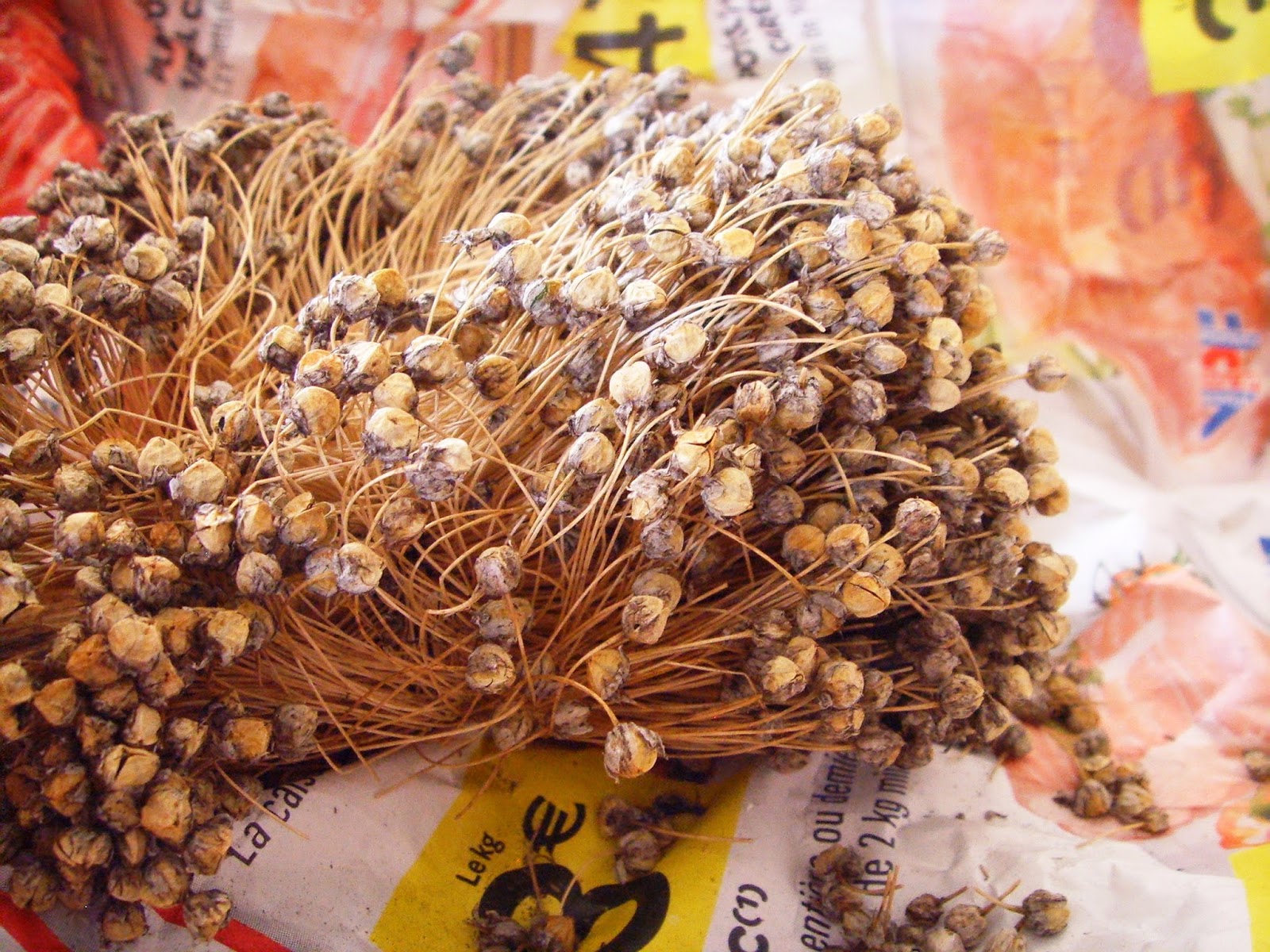The only other aliums on the plot which had set seed were chives and having read that members of the onion family don't tend to cross pollinate I thought we probably wouldn't be growing any rogues. Plus this stand of leeks was a single variety; I normally grew two types - one for maturing in the autumn and another that will stand right through the winter without running to seed too early. I forget why we only had the one variety - Monstreux de Carentan - which in theory were good only into early January.
We were only about a third of the way through the crop by the first dusting of snow in December and they seemed entirely unaffected when heavy snow in February and again in March covered them over for days.
But the inevitable happened and despite digging up and freezing the plants as they started to bolt a few still made it through to flowering. And they are beautiful, standing at the end of a veg bed, a subtle pinky purple which turns white as the flowers begin to set seed.
A single head was selected to save, the upper one of the two seen in the photo above. A mole undermined the other plant which promptly fell over leaving me with just the single head remaining. (One of the cats later caught the mole - a rare feline induced death that I welcome.)
Once the head had turned dry on the plant, and with the threat of rain, the head was brought under cover and hung up to finish drying. I had read that getting the seeds of leeks to dry was one of the hardest challenges but this one quickly became papery.
It was then wrapped in a sheet of newspaper and left with the rest of my seeds in an unheated room for the winter.
In February I had a go at germinating some seeds on damp kitchen roll, just to see if they were viable, without any success at all. Never having tried this technique before, and failing to keep the paper moist, I suspect the failure was down to operator error! But what the heck - I shoved a handful of seeds in a big pot, just the way I do with bought seeds and waited to see what would happen.
Despite my best efforts, I failed to fully separate the seeds from the seed heads so germination was untidy; as a consequence I'll have to prick out and pot on before planting out time in June. They are certainly more spindly than I might expected; again probably operator error.
Given that the original seeds were sown in February 2012, the seeds harvested in summer 2013 and the crop won't be sampled until probably December 2014, this is a long old process. I'll update when we get to planting out stage and then the most important first harvest.







No comments:
Post a Comment